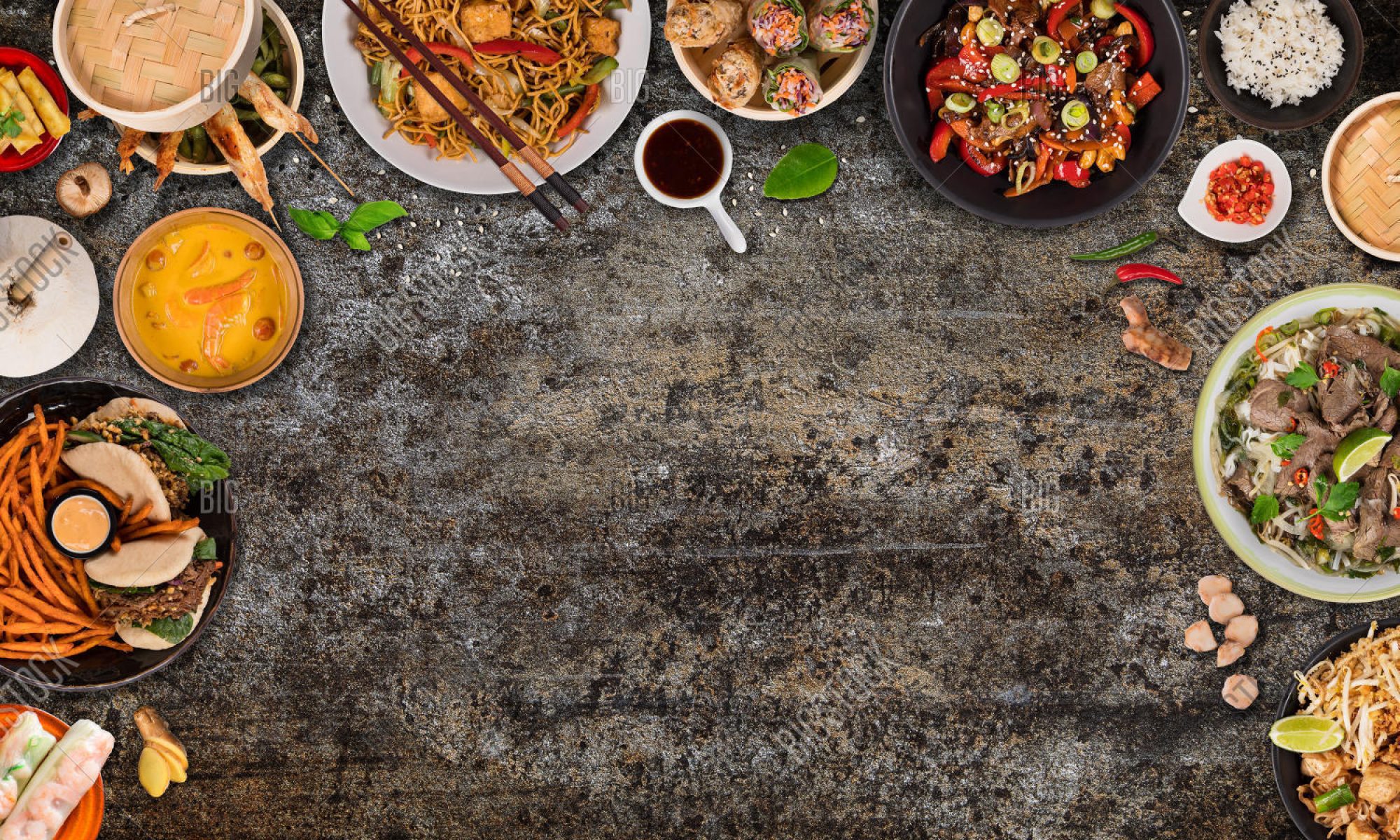Culture appropriation is a dominating topic of debate that circulates passionately in our societies. We often associate appropriation with aesthetics and fashion because that is where it has been most visibly evident. We see celebrities and social media influencers wearing articles of clothing that are clearly not from their culture in order to make a statement and gain popularity. Music festivals are notorious for motivating these types of attitudes because it gives people the space to experiment boldly. The deep concerns stem from the lack of “permission or acknowledgement” given to those cultures. The group who defined “appropriation” did a great job to also mention that it’s not just that lack of credit, but is also the absence of meaning. Without recognizing the symbolic value, the true meaning of the culture is lost and the credit becomes an “empty appreciation”.
However appropriation is seen anywhere, as culture is broad and involves a multitude of aspects. To parallel the contents of this course I want to reflect on the appropriation of food, although it is not a highlighted topic of discussion it still possesses equal issues as aesthetics. A major example of a Latin American food that is commonly appropriated is Mexican food. I am Mexican and this topic of conversation is one that I find myself repeating often with peers and I felt this is a great platform to speak about it.
We see Mexican food trucks, and tacos stands, and restaurants all over North America claiming to be authentic. Sadly, the authenticity falls short when we realize that the food combinations do have Mexican inspiration but it is remixed to satisfy the western palette. For instance, stereotypical hardshell tacos are popular among Mexican chain restaurants but it is a dish that you will not find in Mexico. The idea of the hardshell stems from the concept of a stuffed fried tortilla which is a Mexican delicacy (flautas, tostadas etc…), however it does not look anything like a U-shaped taco shell. I believe the problem isn’t so much about how the food has been altered, but the fact that non-Mexicans truly believe this is what Mexican food looks and tastes like.
Even though I narrowed down my reflection to Mexican food, these attitudes towards different cultural food exist. Although it’s great to see that people do enjoy trying new things from different cultures, it is crucial that we do not forget where they truly come from and to also acknowledge that these cultural aspects are not original ideas we can claim as our own. There is the responsibility to give credit to the history and the value so we can preserve the authenticity of these cultures.
Inappropriate appropriation is a form of plagiarizing and it should be treated with the same penalties as academic plagiarism.

Hi Natalia, thanks for your post! I had always associated cultural appropriation with fashion, as you mentioned, but it’s true that it goes beyond that – even into language, sayings, makeup, and other forms that have cultural meaning. I hadn’t thought before about how damaging it could be for restaurants (especially in Vancouver!) to appropriate food traditions in order to make profit.
This also makes me think about all of the times I’ve googled “taco recipe,” or “enchilada recipe,” and a blog comes up that’s run by a white woman who is being sponsored by some taco seasoning brand and is essentially profiting from a cultural food tradition that isn’t even her own.
My roommate is from Mexico City so I asked her to take me to a few restaurants in Vancouver that she knew served authentic Mexican food. For anyone looking for authentic Mexican, she said her favourite – and the most authentic she’s seen – is Chancho on Davie!
Hi Natalia, I thought your post was done very well. I like how you talked about specific examples, and discusses issues of cultural appropriation in the food industry. I think cultural appropriation is seen so frequently that some people have become desensitized to it and don’t realize that it’s an issue (ie it’s been somewhat normalized due to mass media). I think your example of the hard taco shell is an apt case of a food item altered to fit Western standards.
Hi Natalia,
Amazing post! I am a huge fan of Mexican food and even though I sometimes like the westernized version of Mexican cuisine, as you said I often think that it lacks authenticity in many Western countries. It was an amazing experience when I had the chance to taste real Mexican cuisine when I was in Mexico for the first time a year ago. However, I believe I came really close to authentic Mexican food a couple times when I was living in California as a teenager. It’s greatly frustrating when the society you live in is a very close-minded one. Seems like everything has to be modified for western pallets and business always comes first.